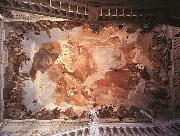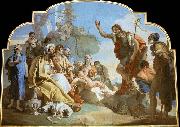Öl auf dem Segeltuch,das echte Aroma von alten Meistern

|
|
|||
| Italian Rococo Era Painter, 1696-1770 | |||
|
|
|||

| |||
|
|
|||
|
|
|||

| |||
|
|
|||
|
|
|||

| |||
|
|
|||
|
|
|||

| |||
|
|
|||
|
|
|||

| |||
|
|
|||
|
|
|||
| Vorheriger Künstler Nächster Künstler | |||










